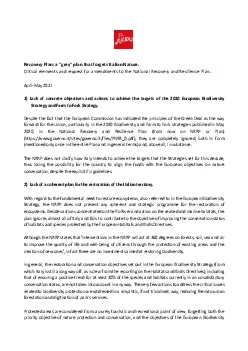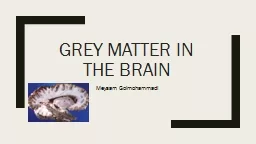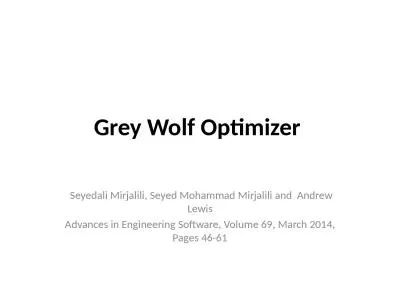PDF-Recovery Plan a grey plan that forgets Italian Nature
Author : vivian | Published Date : 2021-08-26
Critical elements and request for amendments to the National Recovery and Resilience PlanAprilMay20211Lack of concrete objectives and actions to achieve the targets
Presentation Embed Code
Download Presentation
Download Presentation The PPT/PDF document "Recovery Plan a grey plan that forgets I..." is the property of its rightful owner. Permission is granted to download and print the materials on this website for personal, non-commercial use only, and to display it on your personal computer provided you do not modify the materials and that you retain all copyright notices contained in the materials. By downloading content from our website, you accept the terms of this agreement.
Recovery Plan a grey plan that forgets Italian Nature: Transcript
Download Rules Of Document
"Recovery Plan a grey plan that forgets Italian Nature"The content belongs to its owner. You may download and print it for personal use, without modification, and keep all copyright notices. By downloading, you agree to these terms.
Related Documents












![[READ] GREY TEST: Manuale di preparazione QUIZ SIMULAZIONI inedite Seattle Grey: Test](https://thumbs.docslides.com/1005583/read-grey-test-manuale-di-preparazione-quiz-simulazioni-inedite-seattle-grey-test-ed-esercizi-per-le-facolt-medico-scientifiche-sanitarie-a-numero-chiuso-italian-edition.jpg)

